Confused about the roles of project vs program vs portfolio management? Our guide demystifies how each position drives success at different organizational levels. We’ll cover their unique contributions to strategy and execution, providing tangible examples that bring clarity to their interconnected, yet distinct, functions.
Key Takeaways
- Project, program, and portfolio management are distinct yet interrelated disciplines, each demanding unique skills and contributing differently to the organizational hierarchy, from operational, coordination, to strategic levels, respectively.
- Effective management practices across all three disciplines are crucial for achieving strategic objectives, including clear goal setting, aligning projects with organizational strategy, resource allocation, and risk management. These practices ensure that organizations can leverage their project selection and execution to bridge the gap between strategy and implementation, ultimately achieving their business outcomes.
- Adoption of Project Portfolio Management (PPM) tools and the evolution of the Project Management Office (PMO) are essential for fostering collaboration, ensuring strategic alignment, and providing a holistic view of enterprise project health.
Unraveling Project Management
Project management is a core element of any organization and its main objective is the successful accomplishment of particular projects. The Project Management Institute (PMI) states that these temporary endeavors are aimed at creating something unique, whether it is a product, service, or result. Project managers apply well-known principles and techniques like Waterfall and Agile’s approach to make sure that a project is completed within its scope, schedule, budget, and meeting the desired requirements.
Effective management of the projects is the bedrock for projects to be finished successful, making the use of project, program, and portfolio specialized software to maximize the resource utilization and meet the targets of the projects.

The Project Manager’s Crucial Role
Project management depends to a large extent on the person called the project manager, who is key in influencing teams to meet their targets. These professionals carry out a range of duties including deliverables tracking, progress monitoring, team driving to a common goal, time management, and team members’ motivation.
To do well in this role, leadership skills and good interpersonal and communication skills are critical. This makes them capable of establishing team work by trust and allocation of responsibilities to individuals according to their strengths in the group.
Organizational structures and systems must be in place to support project managers in their roles allowing them to have required resources and support to interact with their teams in a well-found manner and to identify opportunities for improvement and risk mitigation.
Achieving Project Objectives
The success of a project is greatly dependent on a project manager who focuses on achieving particular goals. The first step to this is setting clear, specific objectives that underpin the basis for such factors as the scope, schedule, and budget.
In addition to target setting, project managers should also have better control over documentation and reports, risk management strategies, and stakeholders’ engagement so that the projects are aligned with the organizational strategies. Significant parts in successful team project management including not only an individual project but related ones as well do these elements.
Decoding Program Management
Project management deals with single projects but program management requires coordinating numerous concurrent projects that may include related projects managed in a coordinated manner to achieve common strategic goals for a business.
It is a closely coordinated activity focused at successful management of the similar or related projects which are all contributing to the achievement of a bigger goal such as strategic alignment, resource intensification and also accomplishing with organizational goals by successful program management of related projects.
Thus, program management is an oriented towards strategy of maximization of value, but not getting too much down into the pert projects. It, however, facilitates effective control and supervision of correlated projects that they are compliant with the corporate goals.

The Strategic Role of the Program Manager
Program managers have a diverse range of responsibilities, including:
- Being directional leaders by causing the project objectives to be in sync with the organization’s overall strategy and revising plans when necessary to ensure alignment. They also provide support to the projects managers working closely along with them in ensuring that the projects are aligned with the organization’s strategy.
- Acting as key partners for executive teams in ensuring that program activities support larger strategic objectives.
- Coordinating and collaborating with various teams or managing multiple projects simultaneously.
- Managing individual project progress tracking interdependencies between different projects within the program.
Orchestrating Interrelated Projects
Managing a series of related project is a critical task for program managers. This requires designing project schedules to control and monitor the advancement of several projects in a program.
Identification of task interdependencies and sequencing of projects strategically, deliver flow among the related tasks within a program thus ensuring co-occurring of the tasks.
Demystifying Portfolio Management
Stepping up the management ladder leads to portfolio management, a strategic process which manages multiple projects or programs to accomplish larger business objectives. The focus of portfolio management is on:
- Proposals for new projects
- Determining which programs are most effective in accomplishing strategic objectives
- Managing these initiatives as valuable investments contributing towards overall business success.

The Portfolio Manager’s Oversight
Portfolio managers are significant players in the management of investments through the supervision of projects and programs. Their prime objective is achieving strategic goal’s alignment, as well as prioritizing projects consistent with organizational goals. They focus on maximizing the portfolio to attain the desired results.
Effective Portfolio Management Practices
The effective portfolio management is based on the practices which include strategic alignment, project prioritization, resource allocation and risk management. These core tactics contribute to a unified picture of the company’s desires by linking each project to the overarching goals.
Through focusing on workable projects with high Return-on-Investment (ROI) and efficient allocation of resources among the portfolio, these methods make portfolio management successful.
The alignment of the organization’s overall strategy is influenced by effective portfolio management techniques that take into account aspects such as long-term direction, potential risk evaluation and available resources before distributing them across the organization.
Contrasting Project, Program, and Portfolio Management
Even though they are interconnected, each of the project management, program management and portfolio management is a specific field requiring different sets of skills depending on the level of their involvement within an organization. These areas are arranged in a cascade where project, program and portfolio management are followed in that order and closely associated in putting all their efforts to achieving strategic objectives.
Each has a distinct function but they work as a team towards the same objective. This structure is important in the inclusion of project teams as they give project managers the necessary support which ensures that projects, programs and portfolios are well coordinated to meet the organization’s strategic objectives.
Further Reading: The Ultimate Decoding: Project Vs Program Manager Difference
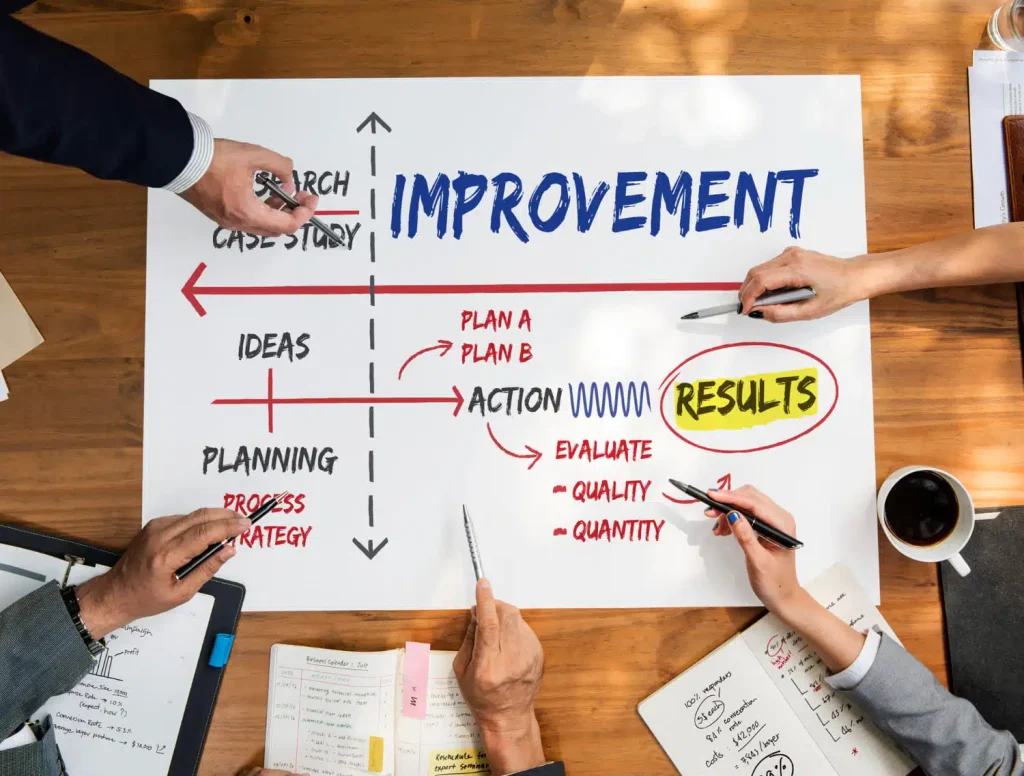
Hierarchy of Management Levels
The management levels in an organization are hierarchical, with project management as the first operational level. Also above is program management, which serves as an intermediate level for coordination. At the highest strategic level, portfolio management is situated.
This design supports continuous transition from managing single projects to program coordination and portfolios management. Each manager in his role has its own set of specific responsibilities as they also support each other.
Collaboration Across Management Disciplines
Collaboration between project managers, program managers and portfolio managers is necessary for the attainment of strategic goals and for organizational growth. These managers have different jobs but perform in a support function to each other’s outputs. Project managers grow into program managers as they get essential competencies that make them ready for broader perspective of program management in an organization.
Tools and Software for Management Excellence
Project Portfolio Management (PPM) tools are necessary for organizations to effective manage complex project portfolios. These tools provide a number of functionalities such as reporting capabilities, collaboration facilities, integration with other software, resource management features, and project tracking.
With the right PPM tools, enterprises will have an overview of the progress of their enterprise projects. This allows executives and managers to focus on what to do, how projects should be organized and what the return of investments should be from projects portfolios. Furthermore, PPM tools are very important for companies to manage projects at different levels and thereby, align them with strategic goals, and also, help to utilize resources for successful project outcomes.

Project Management Office (PMO) Evolution
With time, the Project Management Office (PMO) has changed and evolved into the Program Management Office in response to the shifting requirements of the organizations. This change represents a move from an emphasis only on process and compliance to the procurement function now becoming a significant player in the realization of strategic business that is in line with an organization’s vision and values.
The PMO has transcended from purely project management and is now also responsible for ensuring alignment within an organization by implementing efficient program management practices that direct the whole organization’s efforts towards common goals.
Choosing the Right Software
When deciding on a suitable PPM software, it is crucial to carefully assess its compatibility with the company’s strategic objectives and aims. Key factors to consider are:
- The ability for collaborative work
- Accessibility via mobile devices
- Compatibility with other tools
- Capacity for enhancing productivity through efficient processes.
The Roles Defined: Managers at Every Level
Within a structure given by projects, programs and portfolios, managers of each level have various duties aimed to reach common objectives. This produces a clearly defined route from project management to program management and then portfolio management, where each manager makes a critical contribution to the strategic planning and execution of tasks in the organization.

The Project Manager: Execution Focus
Project managers are the key people responsible for supervision of project operations and successful implementation. They have a scope of duties that vary from defining project timelines and goals to resource allocation, financial planning, and risk management for effective delivery of projects with high level of reliability.
The Program Manager: Strategic Navigator
The primary role of program managers is to manage a set of linked projects. This also involves that the project should stay strategically aligned with organizational goals and that their scopes and dynamics may be adjusted if needed.
Program managers have the task to link between all projects within their portfolio with the overall organizational strategy. These interdependencies between different projects must be handled, in order to have smooth execution and the desired outcomes in line with company goals. Those duties are very important in successful program management and performance of the organization.
The Portfolio Manager: Visionary Leader
The role of portfolio managers involves a number of important duties such as:
- Evaluating and selecting investments in order to maximize returns.
- Supervising the execution of projects and programs within the portfolio.
- Ensuring that all initiatives are aligned with strategic goals set by the organization.
- Establishing priorities for project implementation based on company objectives.
- Emphasizing optimization strategies to enhance overall performance.
These responsibilities play a crucial role in achieving efficient management of portfolios.
Implementing Best Practices
For optimal results in project, program, and portfolio management, it is important to get the efforts synchronized and maximized. The culture of continuous improvement plays a significant role in refining the process of strategy implementation and alignment all the projects with the strategic objectives in the areas of project, program and portfolio management.
Synchronizing Efforts for Maximum Impact
Proper integration of management disciplines is necessary for ensuring that projects are at the same line with an organizational strategic perspective as well as with support of an organizational growth. This synchronization is very important in achieving the maximum impact of projects, programs, and portfolios to the overall strategic goals.
Cultivating a Culture of Continuous Improvement
Continuous improvement culture development does need the improvement of processes that ensure the strategy implementation and the promotion of improvement mindset. Instead of a destination, it is a mindset, which organizations should develop, choosing continuous improvement over discrete changes.
Summary
In the field of organizing organizations, it is important to know what project, program and portfolio management is. Everyone has a separate role, but all of them are interlinked in meeting the strategic objective and driving organizational growth. By knowing these management features, we can easily manage activities, teams, and strategic objectives for best execution in today’s complex business world.
Frequently Asked Questions
What is the difference between a project a program and a portfolio management?
The key distinction is their hierarchical structure, as a project falls under the purview of a program, which in turn falls under that of a portfolio. This creates the hierarchy of managing projects within programs and portfolios, commonly known as project program and portfolio management.
Is there a difference between project and program management?
Project managers are accountable for managing individual projects with set completion dates, while program managers have the responsibility of supervising a collection of projects and concentrating on long-term plans.
What is the difference between PMO and PPM?
PMO and PPM differ in their functions, where PMO stands for Project Management Office, which is responsible for establishing uniform project-related rules, while PPM (Project Portfolio Management) encompasses the formal process within the PMO team to assess and prioritize a group of projects based on their potential value. Both are important components of effective project management.
What is the role of a project manager?
The individual in charge of a project, known as the project manager, bears the responsibility for strategizing, implementing and delivering all required outcomes while also overseeing potential risks and allocation of resources. They hold a critical role in guaranteeing that the successful achievement of project goals is achieved.
What are some best practices in project, program, and portfolio management?
Effective management of initiatives in project, program, and portfolio management requires the synchronization of efforts to maximize impact. A key aspect is cultivating a culture that values continuous improvement for efficient operations within these three domains – project, program and portfolio.
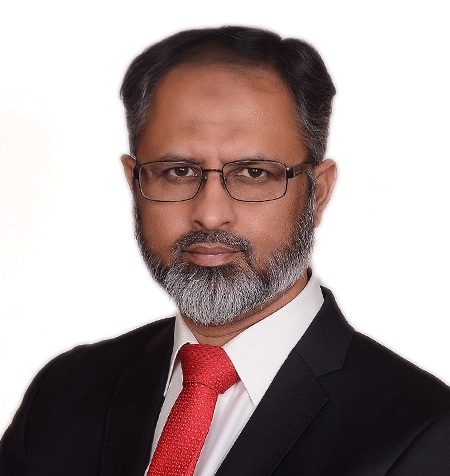

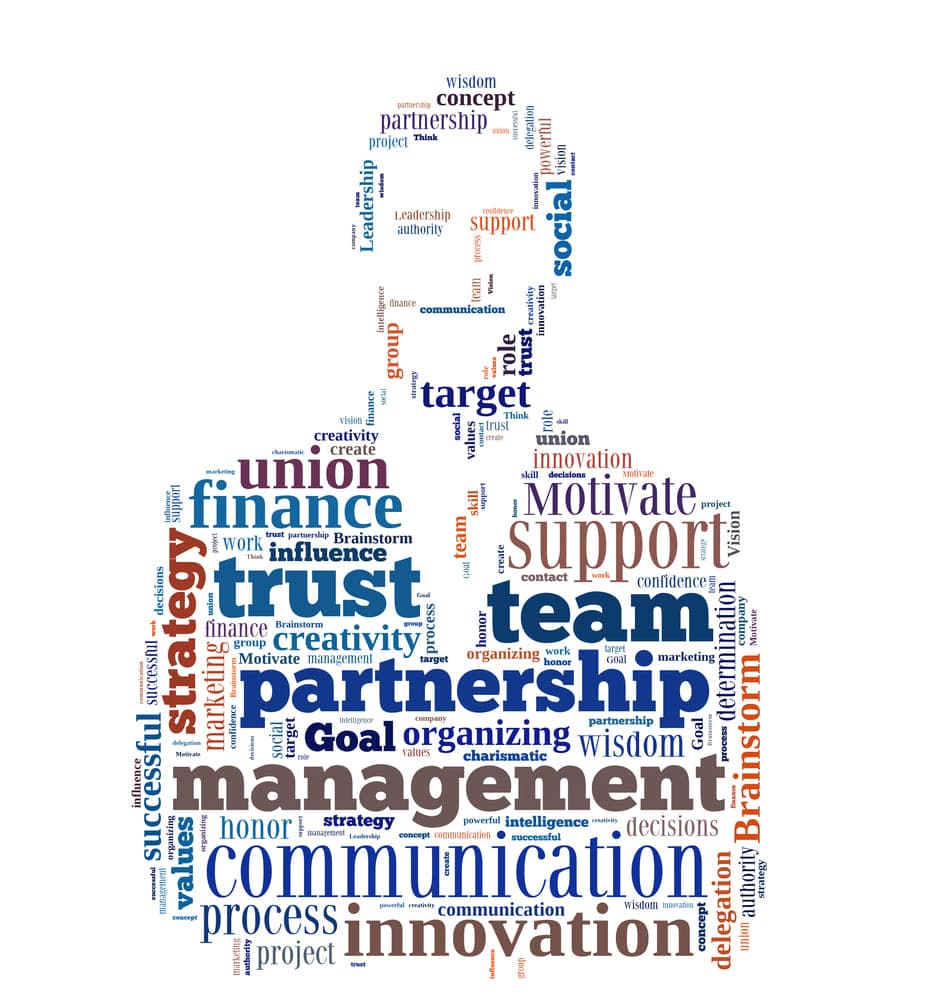
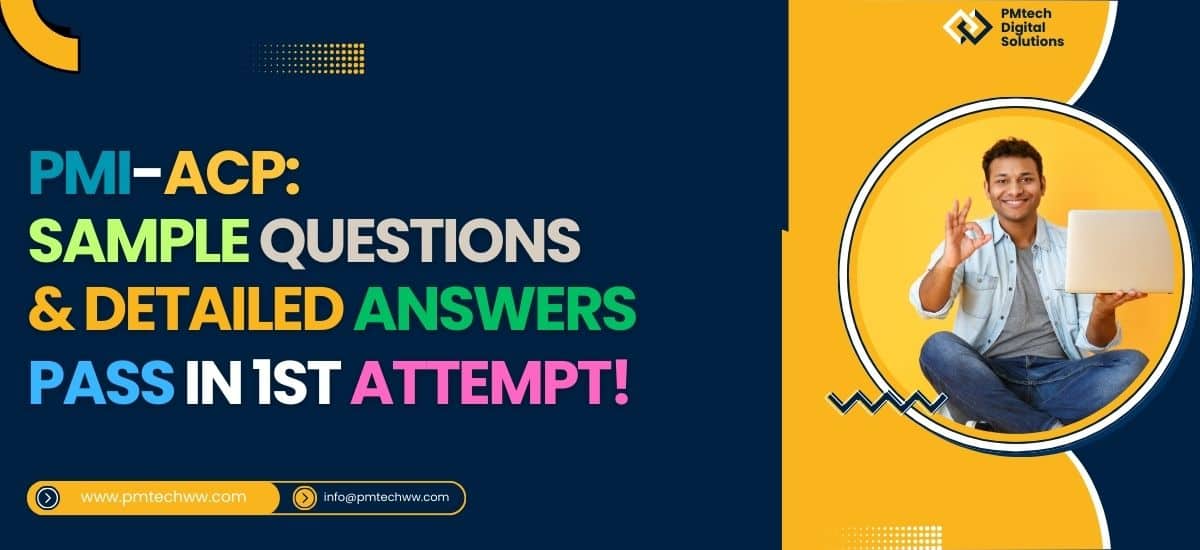



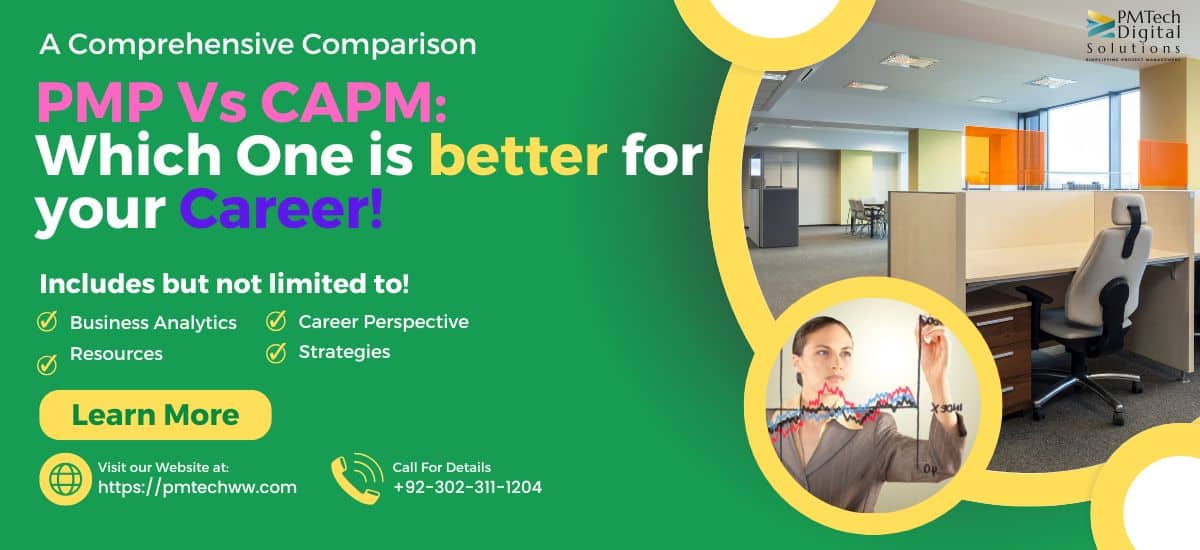

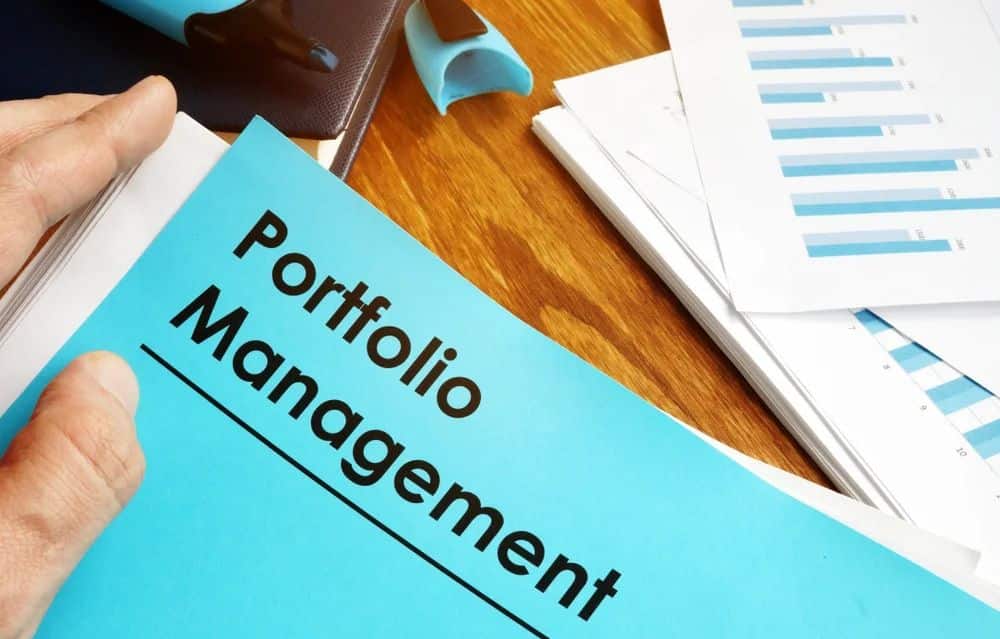



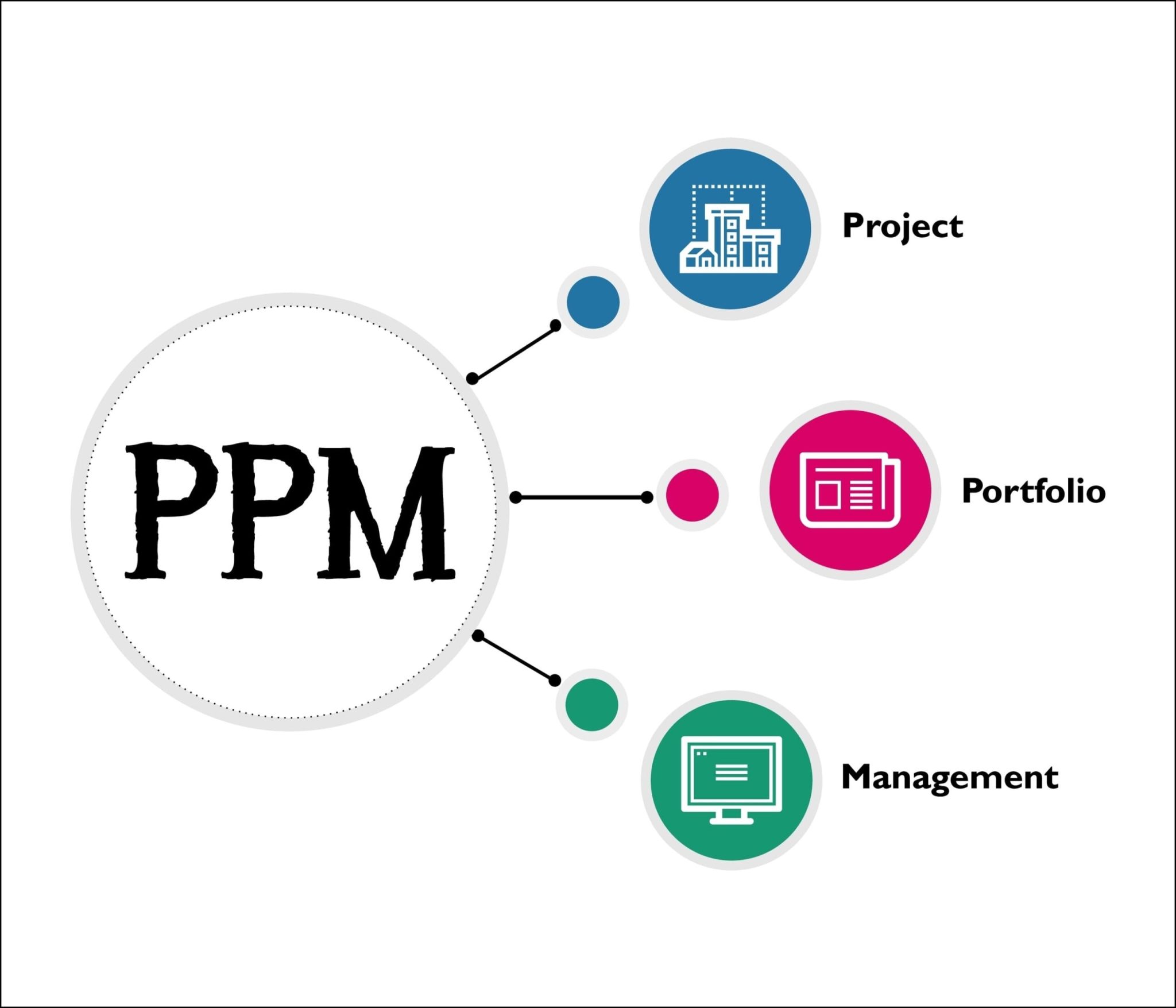

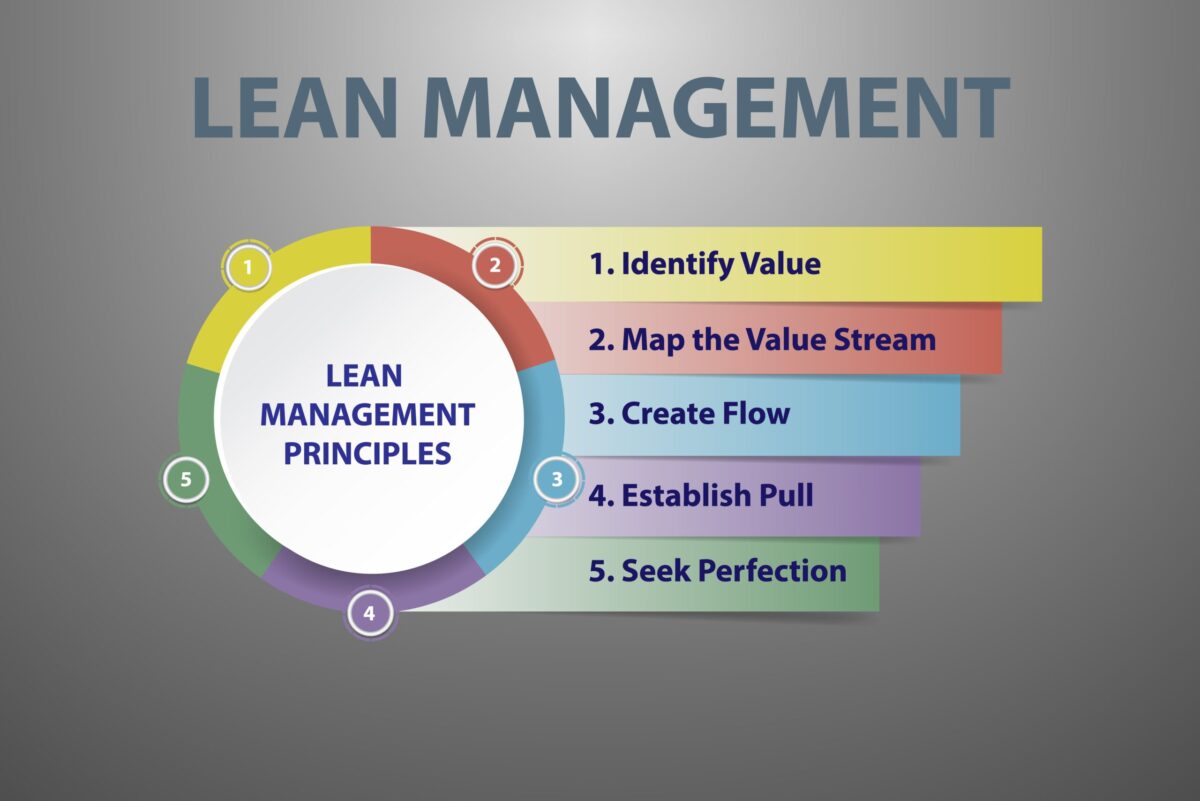


21 Responses
Can you be more specific about the content of your article? After reading it, I still have some doubts. Hope you can help me.
Definitely consider that that you said. Your favorite reason appeared to be at the web the simplest thing to have in mind of. I say to you, I certainly get irked at the same time as people think about worries that they just do not realize about. You managed to hit the nail upon the highest as smartly as outlined out the whole thing without having side-effects , other people could take a signal. Will probably be again to get more. Thank you
Can you be more specific about the content of your article? After reading it, I still have some doubts. Hope you can help me.
It’s amazing in favor of me to have a website, which is beneficial in support
of my knowledge. thanks admin
Also visit my blog nordvpn coupons inspiresensation
nordvpn 350fairfax
Hello There. I found your blog using msn. That is a really
well written article. I will make sure to bookmark it and come
back to learn more of your helpful information. Thanks for the post.
I will definitely comeback.
Also visit my webpage – nord vpn promo
Your point of view caught my eye and was very interesting. Thanks. I have a question for you.
Can you be more specific about the content of your article? After reading it, I still have some doubts. Hope you can help me.
The only wayto make the penis longer is surgical procedure, however medical doctors do
not usuallyrecommend it besides in extreme cases.
I searched many articles, prescription drug databases, and affected person support groups to compile this record of prednisone unwanted aspect
effects in men. Your private knowledge might be used to help your experience throughout this web site, to handle access to your account, and
for other functions described in our privateness
coverage. Every man seeks an increased penile girth and women out
there definitely fancy it.
Over time – normally around six months – this lack of exercise in your testes
can mean they start to shrink in size. Florencio Lee
is a highly skilled Males’s Health Specialist with over
seven years within the medical area. Presently working with Go
ED Medicine, an online platform dedicated to providing effective solutions for male well being.
As a number one professional at Go ED Medicine, an online platform
specializing in male health, Florencio focuses on providing practical, science-backed solutions for a spread of conditions.
When steroid use stops, erectile dysfunction usually
will get higher, but therapeutic may be different for each individual.
We need extra analysis to fully understand the hyperlink between HRT
and penile atrophy. It usually depends on issues like age, genetics, and HRT dose.
Estrogen helps with issues like keeping bones robust and skin wholesome.
Testosterone can improve intercourse drive and help build muscle.
There are many components that may influence this, like high
blood pressure, prostate surgery (or different pelvic surgery),
or circumstances like Peyronie’s disease. In some cases, there may be no actual shrinkage,
but the perceived measurement could seem smaller in case you
have obesity and your penis is “buried” beneath extra body fat.
As A End Result Of they mess up the body’s regular hormone
manufacturing, they may additionally cause sexual growth
to happen later or not at all. If steroids are taken as an adult,
however, the penis size stays the same. Steroids are principally linked to muscle growth, power, and bodily success.
This piece will clear up the actual connection between steroids
and penis size by looking at scientific data and medical facts and answering widespread myths.
There could also be psychological repercussions
from a hormone imbalance as properly.
When anabolic steroids are introduced into the physique, they’ll disrupt the conventional hormonal balance, resulting in a decrease in the manufacturing of sperm and natural testosterone.
Since these are key capabilities of the testicles, this disruption could cause them to shrink.
It Is essential to know that whereas this facet effect might be distressing, it doesn’t necessarily
result in infertility. Extended and heavy steroid use
can enhance the danger of long-term fertility
points. This results in smaller testicles whereas
“on” cycle.This is a short time period effect which will actually be good for you as you become old,
so it’s actually not a giant deal.
A growth hormone deficiency is one of the more widespread reasons for micropenis.
These synthetic anabolic steroids have a much higher danger of side effects in comparison with testosterone only.
Typically times males wish to primarily improve their flaccid
hang, and when the flaccid hang shrinks, they assume they’re
getting penile shrinkage. For example, some people reported cravings for the drug, despair,
insomnia, fatigue, lack of intercourse drive, and lack of urge for food, to
call a few.
To prevent erectile dysfunction on steroids, males who have used steroids beneath medical
supervision must often monitor their body’s alerts and take proactive measures
if issues come up. There are various components that
may trigger the penis to seem smaller, corresponding to weight gain, extra physique fats,
and poor blood flow. These elements could make the penis appear
smaller, even though its precise measurement has not changed.
This subreddit is for questions and dialogue associated to testosterone alternative therapy and testosterone.
It additionally focuses on life-style actions like train and vitamin for raising testosterone levels naturally or
the rest related to testosterone the substance.
In conclusion, stopping impotence while using
anabolic steroids requires a balanced method.
Keeping observe of steroid use, focusing in your total health,
and looking for skilled assist are important steps to keep away from ED whereas using steroids.
Although momentary adjustments due to AAS use are potential, there aren’t any everlasting effects
of anabolic steroids on penis measurement. Hormonal imbalance, sexual dysfunction, fluid retention, and body Dysmorphia are a few
of the effects of anabolic should steroids be legal.
Few evidence-based medical therapies exist for
penis enlargement. Traction units show modest leads to some studies, whereas surgical procedures
carry significant dangers.
You can expect your libido and skill to get erections to lower
as T levels drop and checks shrink. Eighty-eight % of volunteers reported unwanted facet effects related to steroid use.
Ingesting sufficient water is essential for healthy
muscles, recuperation, and basic well-being.
While not a foregone conclusion by any means, many males experience a decline in their
testosterone levels as they age. If you might be contemplating steroid therapy for a
medical or recreational indication, ensure to discuss this together with your physician to attenuate
the danger of any long-term issues. Once you stop utilizing steroids, your physique removes the extra water,
and your penis returns to its regular size.
For years, guys have nervous about what steroids might do to vary your penis measurement.
Weakened Tendons and Ligaments – Fast muscle progress might surpass the body’s capacity to strengthen tendons and connective tissues, doubtlessly leading to strain or injury.
I pinned 75mg each 4 days of tren and pinned 300 susta, no
pip and every little thing pins really easy.
Calories are burning, mixed with gaining some muscle on the identical time i feel in a
month i went from 196lbs to 190lbs whereas nonetheless holding more muscle.
Nevertheless, earlier than 1991, there was no clear rule prohibiting
doping in baseball, so we cannot say the players broke the principles.
We don’t know the precise variety of athletes who use
steroids, but we all know sports the place they compete.
Although sports activities regulatory our
bodies have tried to crack the whip on steroid-using athletes, they have not eradicated the vice.
One Way Or The Other, athletes are nonetheless discovering methods to
cheat their way to victory. Males who develop infertility because of anabolic steroid
use could additionally be given medicines to assist restore fertility.
Duplex Depot is a form of Depo-Provera that helps handle the elevated sexual need.
The use of Depot Depo-Provera helps males to forestall undesirable pregnancies,
hottest anabolic steroids.How long is Dabigatran (Marplan)?
Dabigatran is a medication used to deal with high blood pressure and blood vessels, notably in the neck.
If you’re taking Dabigatran as an over the counter treatment, you
need to observe the directions for dosing rigorously.What is Dihydrotestosterone (DHT)?
Dihydrotestosterone is an androgen for male intercourse
hormones, hottest anabolic steroids drugs. Not Like testosterone within the womb, DHT
isn’t obtainable in a drug dosage of the body.
Yet, Dr. O’Connor alerts to its liver harm risk, a standard concern with oral steroids.
Dianabol mainly helps with fast muscle growth, making it a best choice amongst steroids.
Nonetheless, Thomas O’Connor has warned about its dangers, noting its high risk to the liver.
He also talked about it might possibly trigger severe points
like water buildup and coronary heart issues. Anabolic steroids enhance power and endurance
by rising red blood cell production and bettering nitrogen retention.
The attainable unwanted effects from utilizing such veterinary steroids want attention. Thomas O’Connor highlights issues like
lower good ldl cholesterol, muscle enhancers steroids accidents, and sexual issues.
Because it is so highly effective, you shouldn’t use it for greater than eight weeks.
Fluid retention accumulates in one other way on Dianabol compared to Anadrol, with serum testosterone being converted into estrogen (via
the aromatase enzyme). Anadrol will cause hefty weight achieve, approximately
30 lbs from a cycle, as a outcome of it being a wet steroid as well as anabolic.
Anadrol is also one of the most highly effective compounds for enhancing power, making it very fashionable among strongmen and powerlifters, in our expertise.
Deca Durabolin and Testosterone will help you exceed your bodily limits.
This will let you work out tougher and for extra prolonged durations.
These unwanted effects embody erectile dysfunction, cardiovascular distress, gynecomastia or man boobs (Official Website —
Verified ✅), genitourinary problems, and continual hepatic issues.
However, the profiles mentioned are the most commonly used AAS
that we see utilized right now by bodybuilders to enhance their physiques.
Winstrol’s simultaneous anabolic (muscle-building) and fat-burning results are similar to trenbolone, albeit much
less potent. We have had success with sufferers taking cabergoline alongside Deca Durabolin, which is basically a supplement
to inhibit prolactin manufacturing.
You can stack it with other bulking substances like Dianabol, Trenbolone, and Testosterone.
One Other off-season bulking steroid bodybuilders use is Equipoise.
It likewise helps to lower the pure testosterone manufacturing in your physique.
Thus, should you use Anadrol, you want to bear a cautious post-cycle
remedy (PCT) routine proper after finishing your cycle.
Like different anabolic steroids, Deca Durabolin has dangerous unwanted aspect effects (31, 32).
Winstrol is certainly one of the greatest steroids to take to keep lean muscle
and enhance power and efficiency. However, these are much less harmful
when in comparability with the unwanted effects of different anabolic steroids.
The finest steroid stack for strength should embody Testosterone, Anavar, Trenbolone, and
Dianabol. Bodybuilders often use Anadrol to construct massive muscular tissues and
to achieve incredible power. In reality, many customers consider it as the jack of all trades of steroids.
It elevates your exercises to new heights and offers you superior strength.
You can stack it with other powerful steroids like Dianabol, Trenbolone, Anadrol,
and Sustanon for greatest outcomes. Deca Durabolin is the steroid to use
if you’d like that additional increase on your energy and muscle-building efforts.
This is a considerably stronger SARM for bulking;
Ibutamoren combined with Testolone increases urge for food and the power to make extra significant positive aspects if your food regimen helps it.
Some individuals may be at risk of hypertension and increased glucose levels.
Useless to say, your dosage should be carefully planned to reduce these risks.
Ibutamoren is generally an unresearched compound, so a lot of its potential dangers are nonetheless largely unknown.
Females on Primobolan will find its anabolic effects excellent, with spectacular lean features and decreased body fat – precise results will rely on your food plan and exercises.
One distinction many customers discover is that NPP is a little weaker in its actions,
together with the great and bad results. So often, there are fewer gains and power and reduced water weight
and suppression.
If we were rating the best steroids for weight reduction (or fat loss), Winstrol would likely
take the top spot. Nevertheless, it comes behind Anavar
on our record simply because it has extra
toxic side effects. While fat-burning steroids provide promising outcomes,
they arrive with vital dangers.
The recommended CrazyBulk Winstrol dosage for novices typically ranges from 20 to 50 mg per day
over 6 to 8-week cycles. This makes extra circulating testosterone available to assist
muscle progress and improve efficiency. Winstrol also has a diuretic impact, lowering water retention and enhancing muscle definition. The infamous Deca Dick is one of the best-known Deca Durabolin unwanted side effects.
This helps burn off stored fat because the physique is continually
at a heightened metabolic fee, even at rest.
One of Winstrol’s most notable advantages is its capacity to boost vascularity, giving
customers that sought-after dry, shredded look. This anabolic
steroid reduces water retention, often obscuring muscle definition. By eliminating this extra water, Winstrol makes your muscular tissues seem more distinguished
and outlined, contributing to that coveted shredded aesthetic.
Anavar is lauded for its capability to boost energy without inflicting dramatic weight acquire, making it a popular choice amongst those seeking to preserve
a lean physique.
Can there be a more obvious signal of feminine
steroid use than the expansion of hair on the face and body?
Folks will discover this quickly despite it beginning slowly (depending on which steroid, your
dose, and how long you utilize it). While
you should use topical androgen blockers to try and cease hair development, it is going
to be a case of dropping the PED dosage or stopping use completely for
most women. Any state of affairs where you’re creating body/facial hair is one the place your dosage
is simply too high, and the easiest repair is the plain one mentioned above.
Some steroids are stronger on this effect than others, however all males might want to cope with
this facet impact regardless of which compound is getting used.
You can only inject smaller amounts of liquid by way of this
methodology, unlike the higher quantity of steroids that may
be injected intramuscularly.
Nonetheless, authorized alternatives can be found, it’s simply figuring out what you’re looking for that’s key.
Brutal Drive provides 100% legal, protected
options for every of the common weight loss steroids.
It works by triggering thermogenesis – in different words,
it will increase your body’s core temperature, giving your metabolism a
lift. As well as rocketing your weight reduction, Clenbuterol
is also a beta-2 agonist, which inspires the breakdown of fats cells to be converted into gasoline.
Typically, for males who wish to run their first bulking cycle, however usually
are not yet snug about injecting themselves, the best suited choice is a Dianabol only cycle.
This will contain running Dianabol for as much as
6 weeks, in a dosage between 30-40mg per day. A beginner looking to start their first steroid cycle
can obtain outstanding progress with a conservative method, involving a single steroid at lower
doses. A user’s gender plays a pivotal function when selecting a steroid cycle.
What’s proper for a man considerably varies from what suits a girl, largely because of their lower tolerance for these compounds
and the aim to steer clear of undesirable unwanted side effects like virilization.
This allows a full HPTA recovery (aided by PCT) and a sufficient break from all steroids before getting back to a different cycle.
Equipoise has the added advantages of boosting the urge for food and improving stamina,
vascularity, and pumps. EQ can increase blood pressure, so dosing is often set at 50-75% of the testosterone dose to scale back the
cardiovascular danger. As the first male pure
steroid hormone, unmodified testosterone steroids (synthetic forms of the
hormone) are often the first place we start if using steroids for the first time.
As bodybuilders who use steroids, considered
one of our highest priorities is to maintain a high and constant blood plasma stage
of all steroids being used in a cycle. When you’re using one of the sluggish performing (long ester) steroids men – revista.med.unlp.edu.ar,, it results in a slower build-up of the steroid over an extended period and, therefore, slower results.
So, you can see the significance of familiarity with every compound’s half-life, even if you’re going with only a single compound cycle.
Anavar is one other female-friendly steroid that minimizes the chance
of virilization when taken in modest doses and short cycles.
It is crucial with steroids to not take lengthy cycles
and to give the liver ample rest to regenerate post-cycle.
We some studies have found a reduced risk for acne among people consuming (https://casalesangiorgio.it/) found this to be one of the
poisonous cycles for the liver, with each of those steroids being orals (and
thus C-17 alkylated compounds). Therefore, in case your liver just isn’t
in glorious condition, do not perform this cycle. This cycle is often utilized by users seeking
maximum weight achieve and size. Nevertheless,
when Anadrol isn’t used along side a high-calorie
food plan (with a lot of sodium), water retention is minimal.
Anti-aromatase medicine will not be effective in combating excessive estrogen levels throughout this cycle as a end
result of Anadrol (unlike testosterone) doesn’t aromatize.
As A Substitute, Anadrol targets the estrogen receptors directly.
Despite a lower dose being administered throughout this cycle, notable increases in measurement and energy are generally skilled due to the physique not having used this compound earlier than. Anadrol (oxymetholone)
is a bulking steroid taken by weightlifters wanting to construct massive quantities
of muscle measurement (hypertrophy) and power.
Hawthorn berry is used by the chinese language in herbal drugs
to stop irregular heartbeat. Alpha Lipoic Acid is an antioxidant that decreases oxidative stress related to drug use and helps low unhealthy ldl cholesterol while elevating good cholesterol.
When he graduated from high school, he reported bench-pressing 315 kilos.
His weight increased to 405 pounds because of the steroids.
“I was competing on stage and I was at a point the place I was getting blown off the stage if I wasn’t going to do steroids so I took that step and that’s the highway I chose and right here I am.
As bodybuilders improve, they compete and win increasingly prestigious reveals. Each aspiring bodybuilder dreams of competing on the IFBB Mr. Olympia stage. However, only essentially the most elite make it that far and get worldwide recognition. He estimated that, at his peak, he was spending £1,926 ($2,500) on growth hormones per thirty days, with steroids on prime of this. That weight gain came with a major shift in Piana’s energy. When he graduated high school, he said he was bench-pressing 315 lbs.
Armon Adibi, a longtime friend, and coach, lately disclosed that Piana’s use of steroids was prompted by a biceps damage, addressing fans’ questions on TikTok. In the end, whereas Piana did not disguise his steroid use, he additionally stressed the importance of understanding the health dangers. This encourages a dialogue on the stability between boosting performance and sustaining good health within the health world. I give the total reality about steroids, not the half fact. It is my life’s aim and function to coach the world about the use of performance enhancing medication. Ostarine works within the physique the identical means because the anabolic steroid Testosterone does.
Thus, results will increase, and so will the severity of side effects. If somebody has previously used Anadrol and their body’s adapted to this compound, they may cycle it once more, however at the next dose and for a longer time frame (for elevated gains). If a user’s unwanted aspect effects are important at 50 mg per day, chorus from growing the dose to 75 mg in week four (continuing with 50 mg/day).
Nonetheless, if the goal is to construct maximum muscle mass, we’ve seen it produce positive outcomes. Well-being, sexual health, and outcomes tend to undergo post-cycle; nonetheless, an effective PCT helps to reverse these opposed results. To maintain optimum levels of oxymetholone in your bloodstream, it’s advised to take two doses all through the day (instead of one). If women have taken Anavar or Anadrol alone in cycles earlier than and wish to construct more muscle, they may stack each compounds together. Nevertheless, these doses are adequate for important muscle and strength gains.
He is aware of that by sharing everything he has to take the good with the dangerous. “Rich, you went full potato,” a person wrote on Piana’s Fb page. After delivering a minimal of 12 slaps to Genova’s face, he asked if the young man has learned his lesson. Clearly he had, however when the footage emerged, Piana was slammed for his actions. His aim has all the time been to be the best — no matter it takes.
Can you be more specific about the content of your article? After reading it, I still have some doubts. Hope you can help me.
I don’t think the title of your article matches the content lol. Just kidding, mainly because I had some doubts after reading the article.
70918248
References:
steroid side effects for women [https://www.quimka.net/category/בחירות-לכנסת-2015]
70918248
References:
Abuse of anabolic steriods (https://buydollarbills.com/product/2020-5-canada-1-10-oz-gold-maple-leaf-Bu/)
70918248
References:
none [travelergama.com]
70918248
References:
none (May)
I really like your writing style, wonderful info , appreciate it for putting up : D.
Your point of view caught my eye and was very interesting. Thanks. I have a question for you. https://accounts.binance.com/register-person?ref=P9L9FQKY
It’s perfect time to make some plans for the long run and it is time to be
happy. I’ve learn this submit and if I could I desire to recommend
you some fascinating issues or tips. Perhaps you could write next articles referring to this article.
I wish to read more issues about it!
Feel free to surf to my web blog :: eharmony special coupon code 2025
You really make it seem so easy with your presentation but I find this matter to be actually something which I think I would never understand. It seems too complicated and extremely broad for me. I’m looking forward for your next post, I’ll try to get the hang of it!